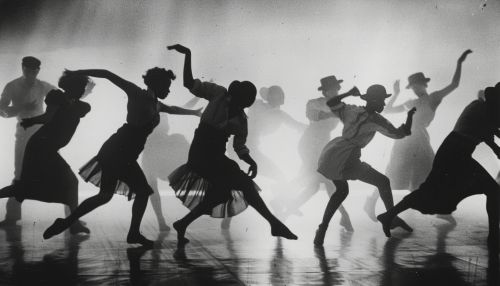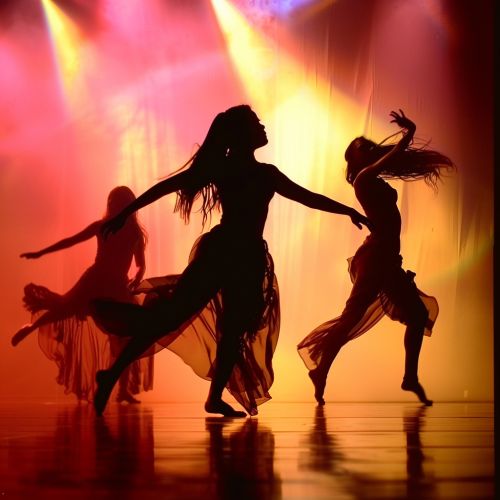Jazz Dance
Origins and History
Jazz dance originated from the African American vernacular dance of the late 1800s to the mid-1900s. This was a time when the influence of African American and Caribbean traditions were strong, and the dance form was often used as a means of social expression, storytelling, and celebration. During the Jazz Age, the dance form evolved and was heavily influenced by jazz music.


The 1920s and 1930s saw the development of the Swing era, where jazz dance began to gain mainstream popularity. The dance form was often seen in nightclubs and on film, with dancers such as the Nicholas Brothers and Fred Astaire popularizing the style.
In the 1940s and 1950s, jazz dance was further influenced by ballet and modern dance, leading to the development of a new, smoother style known as Modern Jazz. This style was popularized by dancers such as Katherine Dunham and Bob Fosse.
Styles of Jazz Dance
There are several styles of jazz dance, each with its own unique characteristics and techniques.
Traditional Jazz Dance
Traditional jazz dance, also known as Vernacular Jazz, is rooted in African and Caribbean dance traditions. It is characterized by its improvisational nature, rhythmic complexity, and expressive quality.
Swing Dance
Swing dance is a style of jazz dance that developed during the Swing era. It is characterized by its upbeat tempo, energetic movements, and use of partner work. Swing dance includes various sub-styles, such as Lindy Hop, Jitterbug, and Boogie Woogie.
Modern Jazz Dance
Modern jazz dance is a fusion of traditional jazz dance with elements of ballet and modern dance. It is characterized by its technical precision, fluid movements, and use of turns and leaps.
Theatrical Jazz Dance
Theatrical jazz dance, also known as Broadway dance, is a style of jazz dance that is often seen in musical theatre and film. It is characterized by its dramatic quality, storytelling elements, and use of stylized movements.
Techniques
Jazz dance incorporates a wide range of techniques, including body isolations, improvisation, syncopated rhythms, and complex footwork.
Body Isolations
Body isolations are a key element of jazz dance. This technique involves moving one part of the body independently from the rest.
Improvisation
Improvisation is a fundamental aspect of jazz dance. It allows dancers to express their individuality and creativity by creating their own movements and sequences.
Syncopated Rhythms
Jazz dance often uses syncopated rhythms, which involve unexpected or off-beat timing. This creates a sense of surprise and excitement in the dance.
Complex Footwork
Jazz dance involves complex footwork, including intricate steps, slides, and turns. This requires a high level of technical skill and precision.
Jazz Dance Today
Today, jazz dance continues to evolve and incorporate influences from other dance styles. It is taught in dance schools and studios around the world, and is often seen in performances, competitions, and on television shows such as So You Think You Can Dance.


Jazz dance also has a significant presence in the professional dance industry, with many dancers and choreographers specializing in the style. It continues to be a popular choice for performances, musical theatre, and film.
